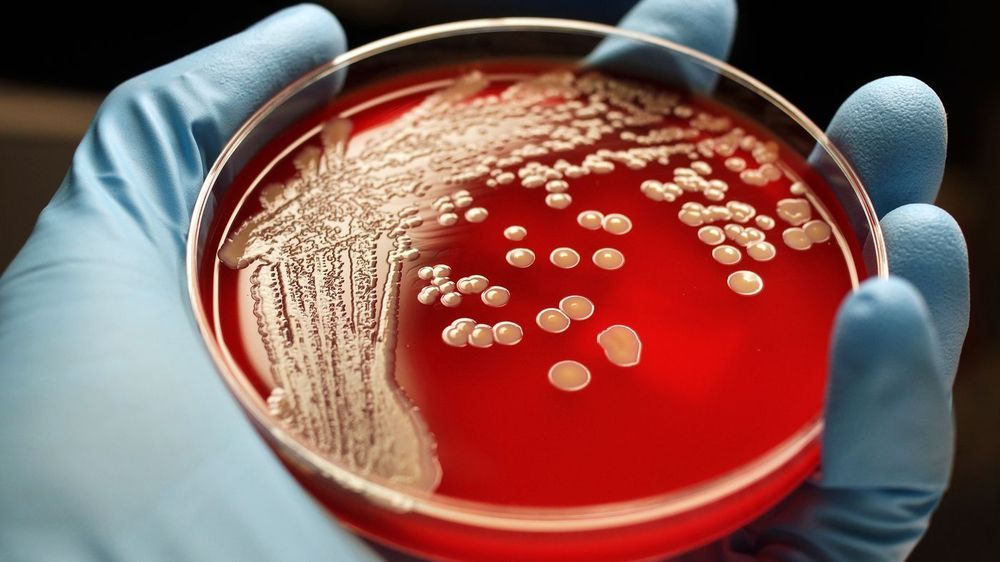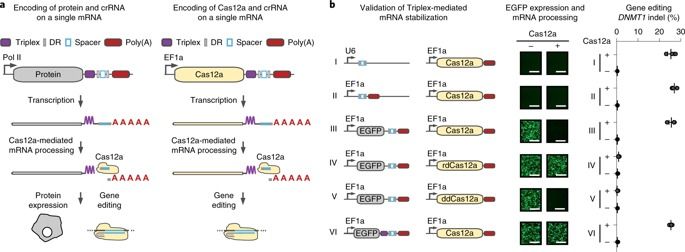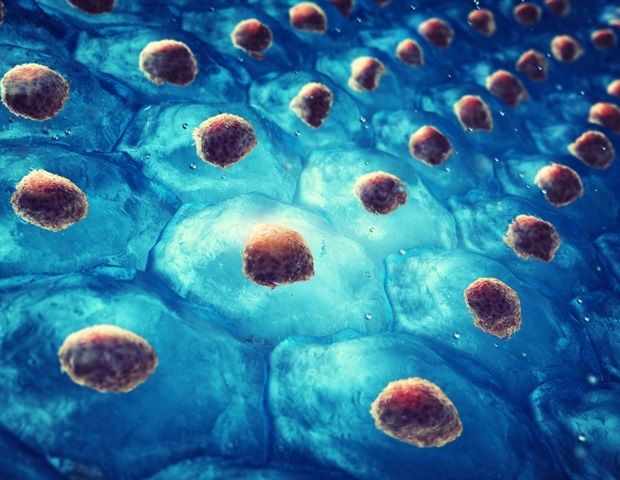
If you want a vision of the future, imagine a thousand bots screaming from a human face – forever (apologies to George Orwell). As U.S. policymakers remain indecisive over how to prevent a repeat of the 2016 election interference, the threat is looming ever more ominous on the horizon. The public has unfortunately settled on the term “bots” to describe the social media manipulation activities of foreign actors, invoking an image of neat rows of metal automatons hunched over keyboards, when in reality live humans are methodically at work. While the 2016 election mythologized the power of these influence-actors, such work is slow, costly, and labor-intensive. Humans must manually create and manage accounts, hand-write posts and comments, and spend countless hours reading content online to signal-boost particular narratives. However, recent advances in artificial intelligence (AI) may soon enable the automation of much of this work, massively amplifying the disruptive potential of online influence operations.
This emerging threat draws its power from vulnerabilities in our society: an unaware public, an underprepared legal system, and social media companies not sufficiently concerned with their exploitability by malign actors. Addressing these vulnerabilities requires immediate attention from lawmakers to inform the public, address legal blind spots, and hold social media companies to account.

















